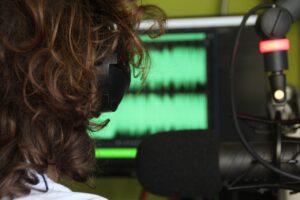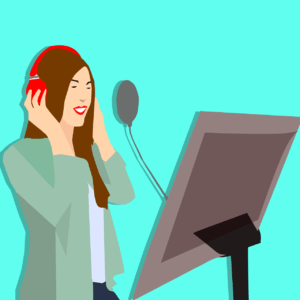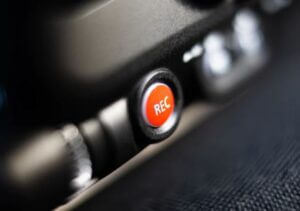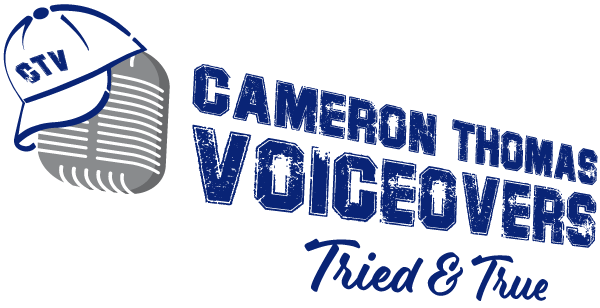Source Connect. If you’re a voiceover, I hope you know what it is. As the pandemic hit this year, studios shut down and talent were forced to scramble with home studio setups. Most voiceover jobs are done from home studio anyways, so for many, this is business as usual. But for those who work exclusively in studios, this was a huge challenge. Regardless of the circumstances, Source Connect is a critical life line for home studio talent to connect and record directly into other studios worldwide. So here are a few “Tried & True” tips for your next voiceover session.
SET IT UP
Approaching a Source Connect session is the same as a phone patch, Zoom, or any other client directed remote recording session.  Set up is needed well ahead of time. Source Connect has a few options available. A full perpetual license or a monthly license, and even a free 14-day trial is available to see how it works for you. Source Connect NOW is another option that runs through Google Chrome, but you may find that some clients and agents may require a paid version of Source Connect. Do your homework and do the free trial run to make sure everything works well ahead of time, such as ensuring your ports are mapped – more info on that here. Then you can decide on paying monthly or for a perpetual license. Some folks may opt to forego a paid license until booking a job and be Source Connect “ready”; however, do you want to risk any registration or setup snafus just before a voice over session? Save and stress, or pay and prepare? Your call.
Set up is needed well ahead of time. Source Connect has a few options available. A full perpetual license or a monthly license, and even a free 14-day trial is available to see how it works for you. Source Connect NOW is another option that runs through Google Chrome, but you may find that some clients and agents may require a paid version of Source Connect. Do your homework and do the free trial run to make sure everything works well ahead of time, such as ensuring your ports are mapped – more info on that here. Then you can decide on paying monthly or for a perpetual license. Some folks may opt to forego a paid license until booking a job and be Source Connect “ready”; however, do you want to risk any registration or setup snafus just before a voice over session? Save and stress, or pay and prepare? Your call.
TEST IT OUT
Do a test run! A day or so before your session, ask me (send me a note below!) or any one in a VO Facebook/LinkedIn group or forum for a quick connect test. Some clients may even ask for a test connection beforehand as well, so be prepared well ahead of time. Gear setups vary widely from person to person and there very well may be incompatible components that you’ll want to iron out well ahead of time.
one in a VO Facebook/LinkedIn group or forum for a quick connect test. Some clients may even ask for a test connection beforehand as well, so be prepared well ahead of time. Gear setups vary widely from person to person and there very well may be incompatible components that you’ll want to iron out well ahead of time.
When you confirm that the software works, prepare yourself just as you would for any VO recording session. Hydrate, warm-up, log in early, review the script, make your notes, etc. Jot down names of folks on the other end to keep track of who you’re emailing afterwards too. After working with them for a while, I like to connect with them on social media, so it’s good to make sure you search for the right names.
I usually do not use headphones (cans) when I record so I rely on in-studio speakers. However, headphones are a must during these sessions. Any sound going through in-studio speakers will feed back through your mic resulting in a terrible echo effect, so mute your speakers and use headphones. There may still be a delayed echo chatting with the client or engineer but it goes away when recording.

BACK IT UP
And one of the biggest tips is from a session when the audio engineer’s computer software glitched in the middle of the session. He had to do a reboot of his entire system. We didn’t lose the whole session recording but a few lines that we were working on were lost. He asked me afterwards if I had recorded the session. Even though I was set up ready to record, sadly, I forgot to hit record. Thankfully I only needed to record a few lines afterwards but this was a good reminder to record on my end in case of those nasty gremlins messing things up.
Who knows how next year will shape up. Chances are that Source Connect will be an expected standard feature of any home studio. So remember these “tried & true” tips – set it up – test it out – back it up!
~CTV – “Tried & True”
